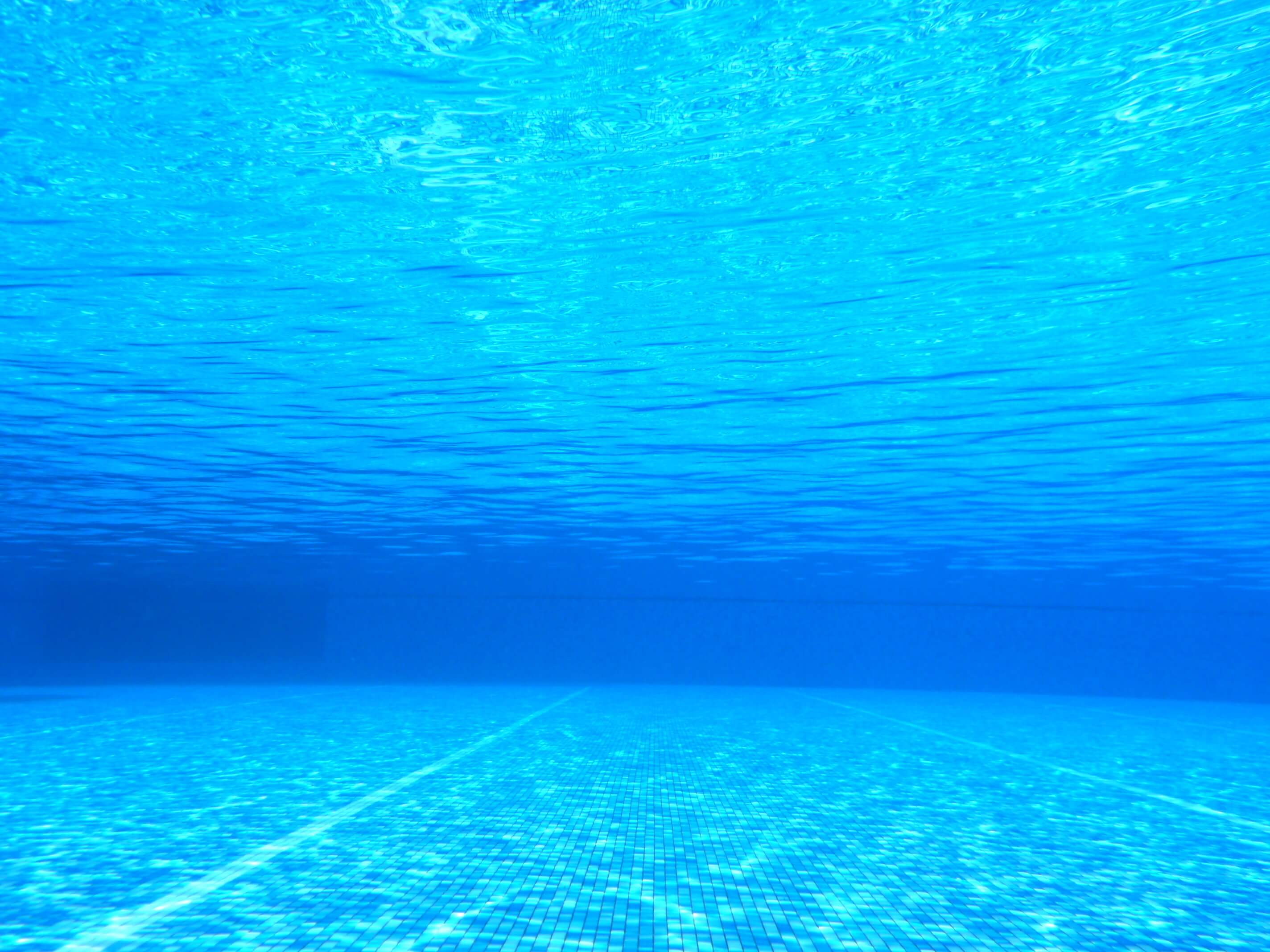

- 2021 | my Coach for Swim 0


The transition from earth being to water being
The transition from earth being to water being
The transition from being on land to being in water involves adaptations
in terms of balance, breathing and propulsion,
but also evolutions in the field of information taking
and in the field of representations.

From the land | To the swimmer |
Vertical balance | Horizontal balance |
Innate breathing | Voluntary breathing |
Propulsion | Propulsion |
From the land | To the swimmer |
Vertical balance | Horizontal balance |
Innate breathing | Voluntary breathing |
Propulsion | Propulsion |


Awareness raising in the aquatic environment goes through different stages
1
familiarisation with water
2
loss of plantar support
3
discovering depth
and buoyancy
4
building balance
by using evasive support
5
learn to align your body
to slide or enter the water
6
build a separate train propulsion
by separate train
7
coordinate propulsive actions and glide
8
synchronise propulsion
and breathing